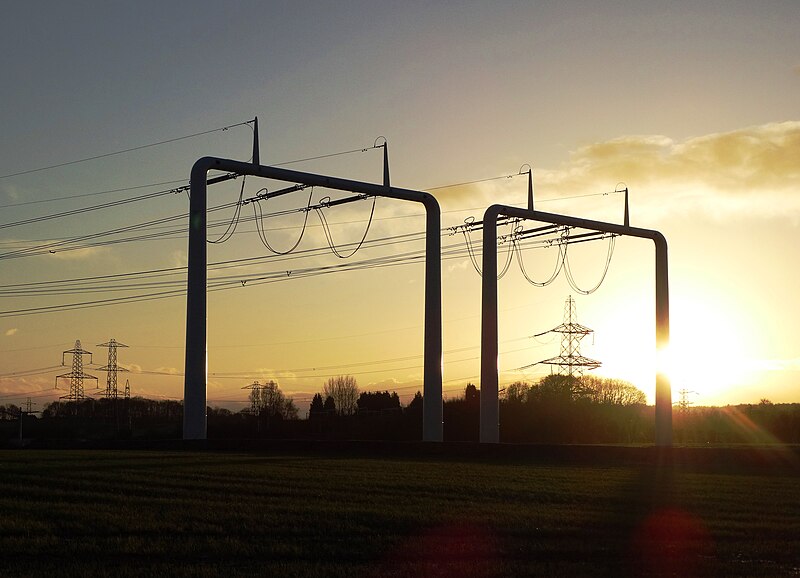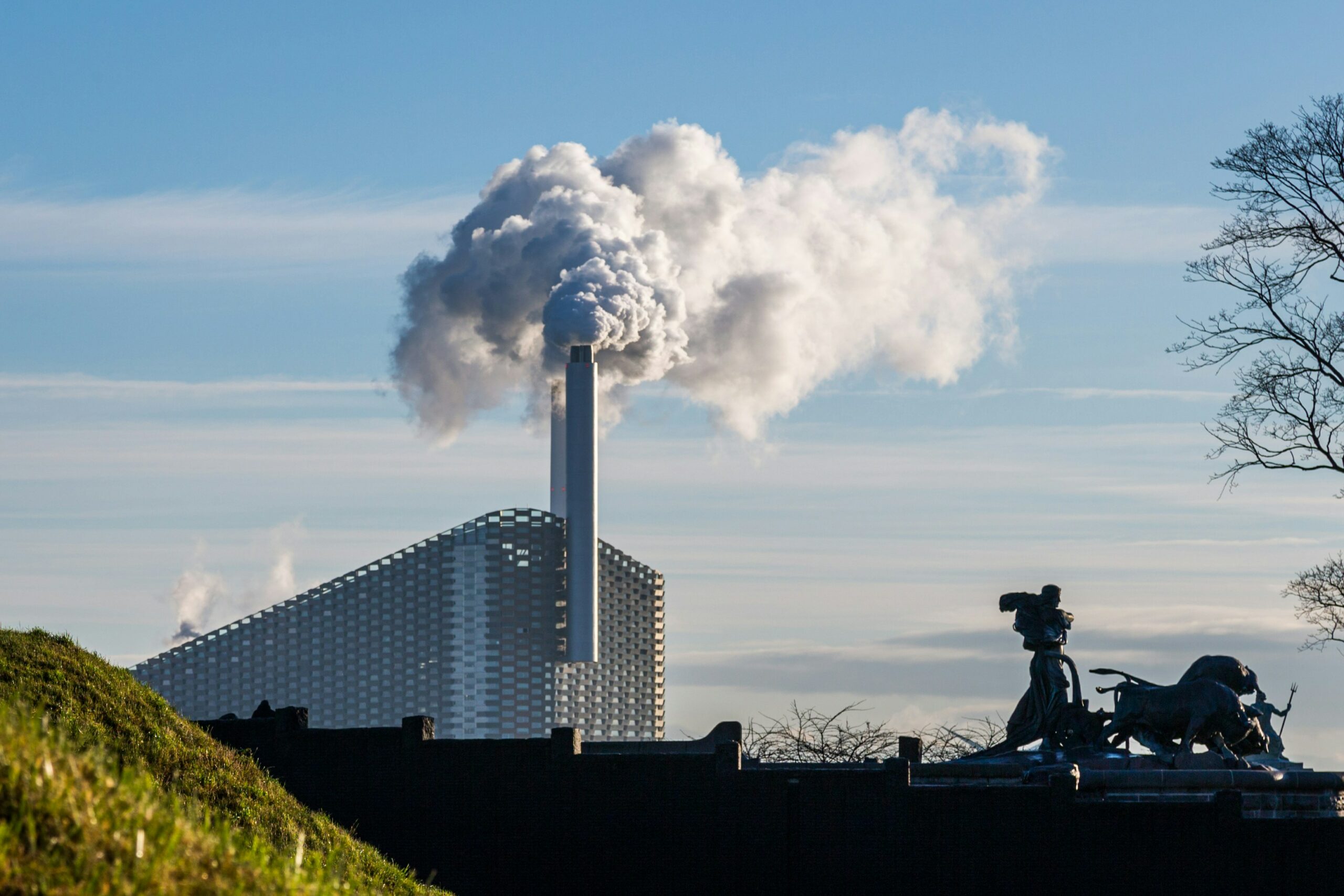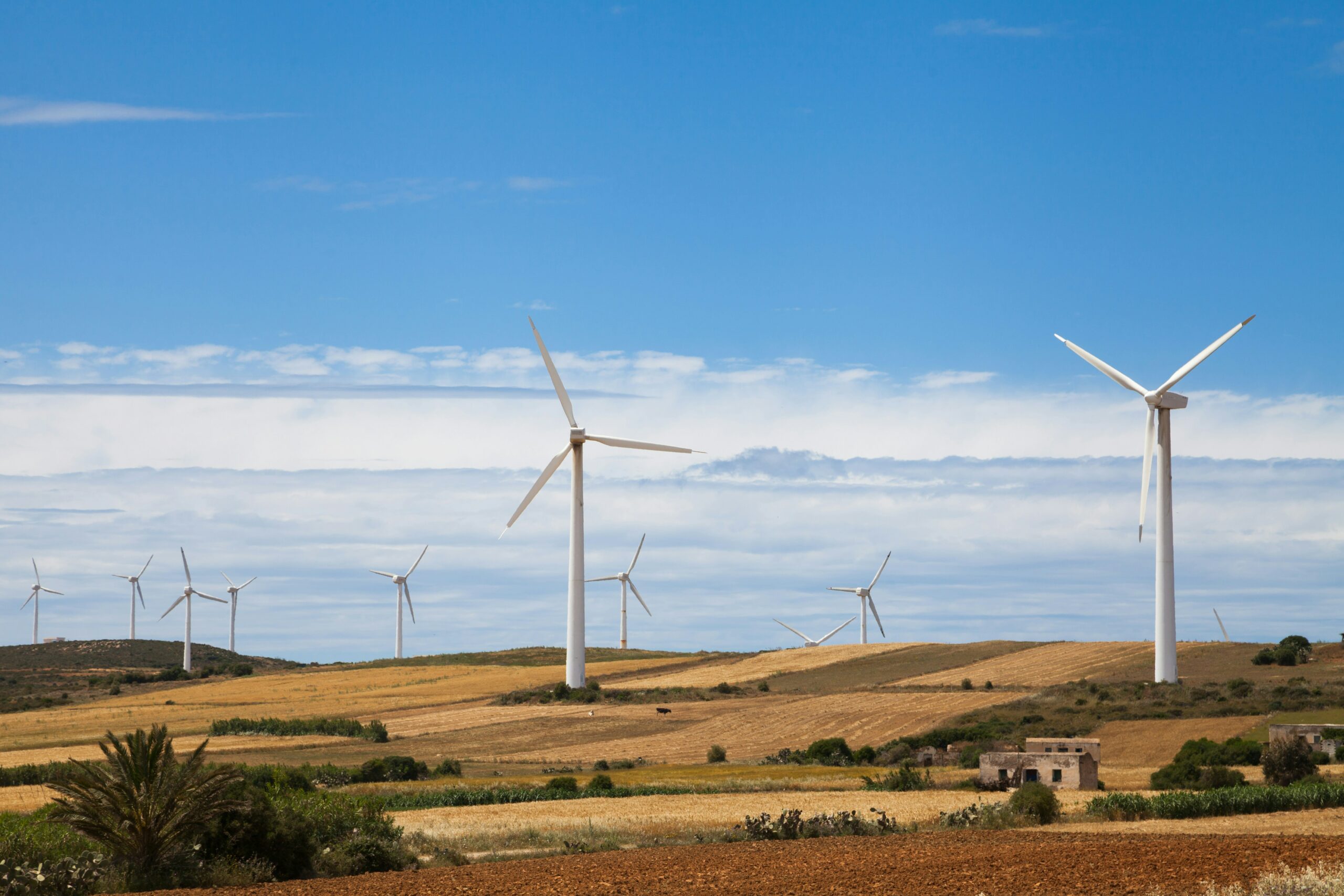U.S. Faces Imminent Energy Shortage as Demand Surges
A new report confirms what energy experts have been predicting for some time: electricity demand is set to boom in the U.S., and there won’t be enough supply to meet it, causing an energy shortage.
The report, produced by S&P Global Commodity Insights and commissioned by the American Clean Power Association, points to a surge in electricity demand between 2024 and 2040, ranging from 35 to 40% and driven by more data centres, electrification of transport, and electric vehicles. This is record-breaking growth could cause an energy crisis, with the approaching decade requiring more electricity than in any period in U.S. history.
Historic Growth in Electricity Demand
The U.S. will need additional net resources of between 730 to 765 GW of renewables, between 160 to 175 GW of storage, between 60 to 100 GW of gas, and between 10 and 25 GW of nuclear and geothermal energy by 2040, just to maintain grid reliability.
The energy demand will also affect different regions of the country at different times, the report found.

The initial energy shortage, caused by an increase in AI-powered data centres and more manufacturing activity – will first be felt in Texas, which is home to many data centres, in addition to the East coast.
Following this, the report estimates that later demand growth – propelled by electrification of transportation – will result in energy shortages in large towns and cities nationwide.
Addressing the growing energy shortage will require urgent upgrades to energy infrastructure and permitting processes.
The renewables sector – wind, solar, and battery – brought 48.2 GW of capacity online in the U.S. in 2024, research organization Cleanview found in its State of Clean Energy Deployment in 2025 report.
However, the recent decision by U.S. President Donald Trump in February to ban any new or renewed wind power leases on the American continental shelf will result in the loss of the 28 gigawatts of wind power already in the development pipeline, potentially worsening the energy crisis.
The U.S. energy sector will need an all-hands-on-deck approach to navigating the period until 2040.
All-Hands Approach to the Energy Crisis
“We must support and accelerate all sorts of shovel-ready renewable resources, energy storage, and natural gas generation while urgently building new electricity transmission and natural gas distribution infrastructure,” Jason Groumet, the CEO of the American Clean Power Association, said.
Debra Phillips, President and CEO of the National Electricity Manufacturers Association, called for new technology, and “comprehensive, all-of-the-above energy policies for a transforming grid,” she said.
Better use of electricity is also critical, Sapna Dowla, Associate Vice President of Policy and Research at Alliance to Save Energy, said, emphasizing the importance of solving the U.S. energy shortage.
“Energy efficiency will be key to mitigating this surge and optimizing energy use across all these sectors,” she said.
Climate tech can fill the gap
Building out solar energy is the best solution to meeting this coming energy crisis, Energy Innovation’s Silvio Marcacci said in a recent Forbes article.
Solar is a winner over other forms of energy, including gas and nuclear, for a variety of reasons. First, solar is by far the easiest to build, requiring only solar panels and a decent-sized piece of land.
Solar technology also wins on price: this form of energy is by far the cheapest to build of all options on the table, and the cost of the energy is continuing to plunge.
“Choosing unaffordable options that can’t come online in time to meet surging demand could leave consumers footing the bill, or worse,” Marcacci wrote.
Providing more power is just one pathway to meeting the challenge of potential energy shortages.
Look to the grid
Grid optimization will be critical to meeting the electricity demand challenge. Using AI and sensors to maximize grid efficiency will help ensure that energy demand is met with minimal power outages.
Utilities and grids will need to install predictive grid optimization software to monitor all changes to demand in the system, as well as making use of programs to manage unpredictable weather-related outages.
Grids also need to fully integrate distributed electricity resources – solar panels, wind turbines, battery storage – to have a more complete view of what electricity resources are available and where.
Operators will also need to avail themselves of technologies to better understand and manage demand response and load management, and look to countries who have managed electricity shortages for guidance in best practices.
Congestion on the grid is already a problem, the International Energy Agency warned on March 25.
“Grid congestion has serious implications for economies and societies by delaying connections to the electricity network and therefore hindering important initiatives such as housing projects and industrial development,” the IEA said in a March 25 commentary.
It also increases costs for the utility, which are then passed onto consumers, the IEA noted. In Germany, it added, grid congestion management costs between 2022 and 2024 surpassed €4 billion.
The agency advised grid operators to be proactive. This includes planning and regulatory reforms well in advance to invest in grid capacity expansion. Operators also should invest in a variety of grid expanding technologies, as well expand flexibility for consumers and energy storage assets connected to the grid.
Efficiency, Smart Tech, and Consumer Behavior Matter
Consumer and residential customers will also need to step up their use of energy-efficient appliances across the board. To reduce the likelihood of outages, widespread investment in technologies including heat pumps for heating, cooling, and water temperature management.
Beyond heat pumps, the construction and building sector will need to widely deploy smart building and energy efficiency technologies to prevent excess strain on the grid, while regulators will need to upgrade their guidelines and mandate smart building approaches to reflect new electricity constraints.
It’s more than likely that such an extreme energy crisis will also spur economic and political action.
Any forward-looking political administration would be keen to ensure the lights stay on for manufacturers and homeowners, to name just two possibly affected groups, which may result in a funding increases for power generation, energy efficiency, and new technology.








